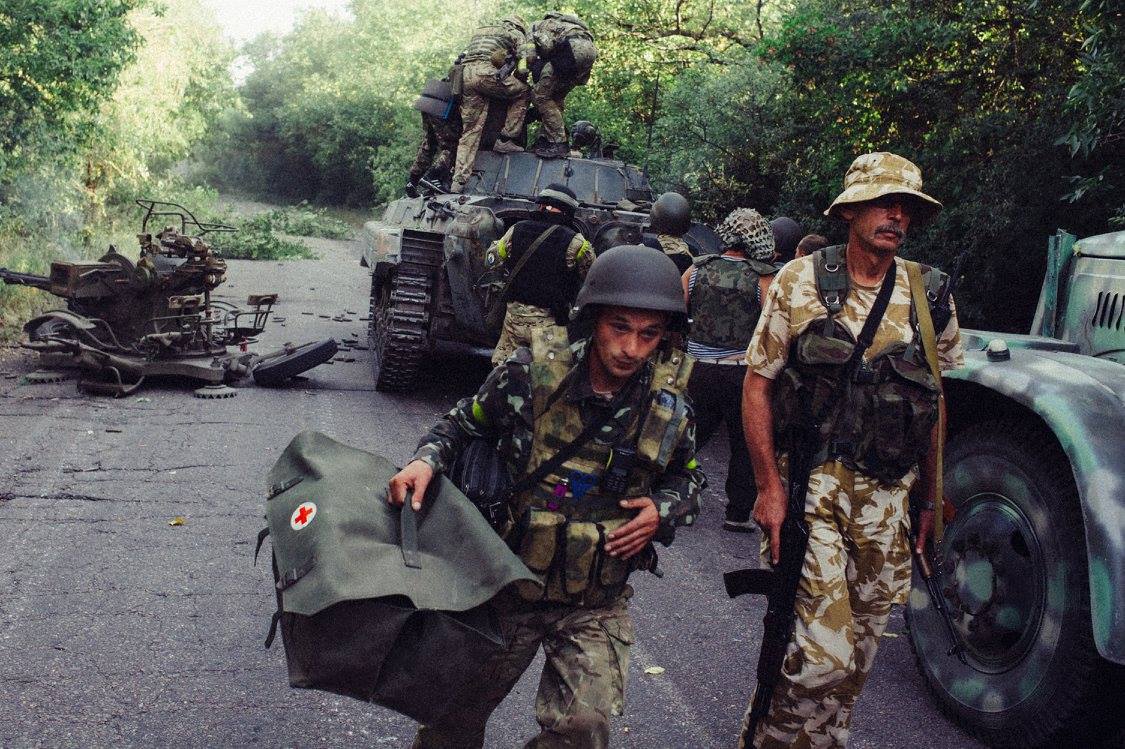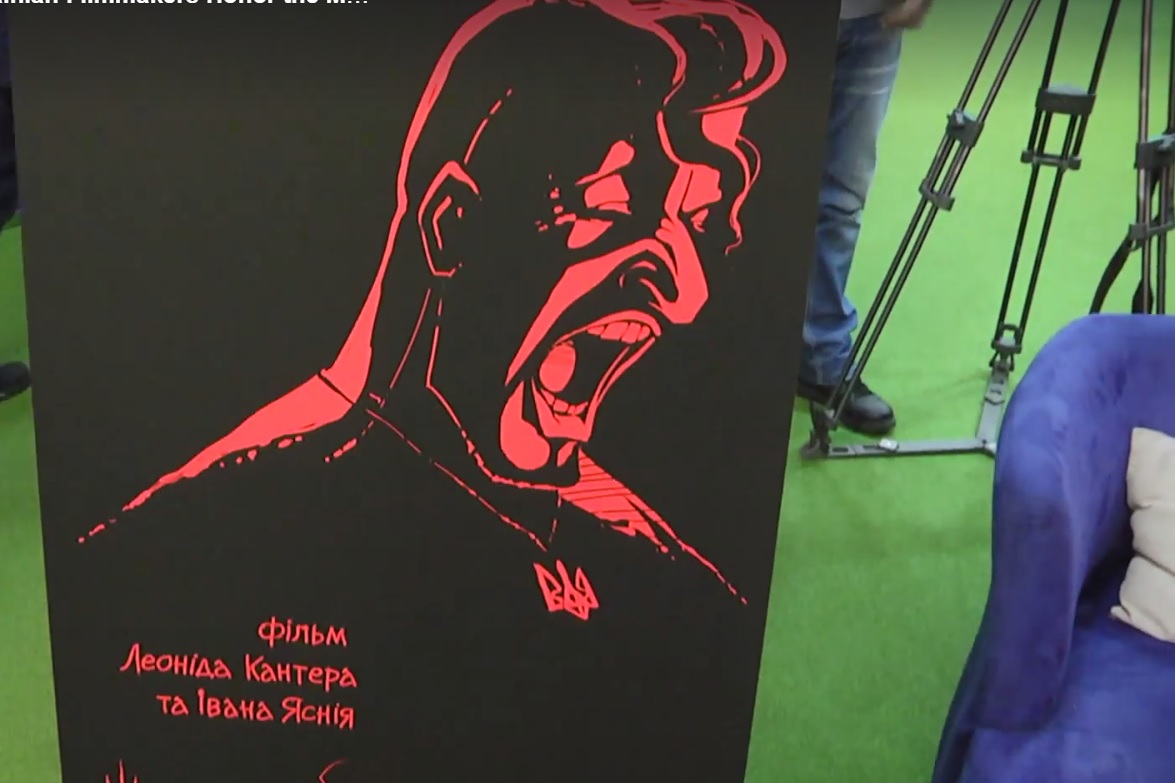The investigation into the responsibility of Ukrainian commanders is highly important not only for the sake of historical justice, but also because the war which is still called an Anti-Terrorist Operation (ATO) in Ukraine is ongoing in Donbas. Leaving in power those responsible for this episode can lead to irreparable consequences and negate all the improvements Ukraine managed to achieve in the military sphere over the last three years.
And learning about the Russia’s actions in Ilovaisk can help Europe and the rest of the world realize the threat and be prepared.
In August 2014, Ukraine was still struggling to persuade the world that the war in Donbas is being waged with the direct involvement of Russian military forces, while Ukrainian soldiers, including volunteers who turned from civilians to soldiers just a few months before, were already fighting Russians on the frontline face to face. Evidence given by Ukrainian media was left without attention because international community considered it biased. Moreover, even Ukrainian commanders ignored the messages on Russia’s intervention until the very last moment.
Three years later, Russia’s actions wait for an evaluation by the International Court. Let’s remember what exactly happened in that black episode of Ukrainian and European history.
How the ATO was being conducted

“We stand for the truth and they stand for money,” are the words of a fallen hero of the Donbas war describing Russia’s involvement during battles for Ilovaisk
By August 2014, Ilovaisk was seized by the so-called “Donetsk People’s Republic” (DNR). Ukrainian military commanders ordered their forces to regain control over it. They explained the necessity of this by the strategical importance of the city which was a railway node and hosted a base of the “DNR” forces. It was also a gate for mercenary fighters from the Russian Federation, as well as for weapons and ammunition from Russia. Last but not least, taking Ilovaisk under control would have helped the Ukrainian forces to seize Donetsk and to break the territory under Russia’s puppet republics in half.
*The description of events is grounded on the research of the Ukrainian Helsinki Human Rights Union, which based it on the analysis of Ukrainian media, official data and other sources
Ukraine started the operation on August 10. Along with Ukrainian army units, volunteer battalions took an active part in it. According to intelligence data, there was no more than a hundred of Russia-backed militants in the city. Ukrainian soldiers were not provided with details. They were ordered to deliver a developing attack.
However, the Ukrainian forces had to retreat as they met a strong resistance. They realized that the city is well prepared to defend itself, but they haven’t received reinforcements. During the retreat they took 3 captives. One of them named himself an officer of the Russian Military Intelligence (GRU) and demanded to be treated accordingly.
Over August 17-18, Ukrainian forced attempted to enter the city for the second time.
The Ukrainian forces approached from two flanks. The Donbas battalion came from the left and Armed Forces of Ukraine units, battalions Dnipro-1 and Azov, from the right.
A railway divided the city into two parts – one with village buildings and the second with more urban areas. During the attack, the forces of the “DNR” left the village part of the city. However, they entrenched strongly in the urban part and took advantageous positions.
The approved plan of the attack was not implemented in full. The reasons for that were the following:
- the artillery had not worked properly;
- there was no concealed hardware;
- instead of tanks and armored personnel vehicles, only infantry fighting vehicles with unexperienced personnel were allocated;
- the intelligence information on the dislocation of enemy forces in the city was not reliable.
Realizing they are in trouble, the units of the left rank decided to attack the rear of the enemy. During the battles, pro-Russian forces received reinforcements, which was possible because of the absence of Ukrainian tanks and hardware around the city.
Units of the Armed Forces of Ukraine, and Dnipro-1 and Azov battalions could not establish themselves on the right flank and on the north. They faced resistance and had to retreat.
The forces of defense and attack on the city were equal. The pro-Russian forces were located in the residential areas. Artillery shelling to that direction could have eliminated the enemy. However, the Ukrainian forces were not allowed to put civilians in danger.
During the operation, it became clear that representatives of Caucasian nationalities, recognized by the appearance and the way they talked, we’re among the pro-Russian forces, meaning that mercenaries from Chechnya were already fighting in Ukraine at that point.
The operation was planned to take one or two days. However, the attack was not implemented according to the plan and Ukrainian forces could not seize another part of the city. Instead they were under constant shelling from artillery systems, including multiple rocket launch systems. So most of the time they had to hide together with civilians.
Starting from 19 August, there were no attempts to seize the western part of the city. From August 20, the artillery of the Russian-backed troops started to shell the Eastern part of the city.
During August 23-28, the constant shelling was interrupted with pauses of only 15-30 minutes.
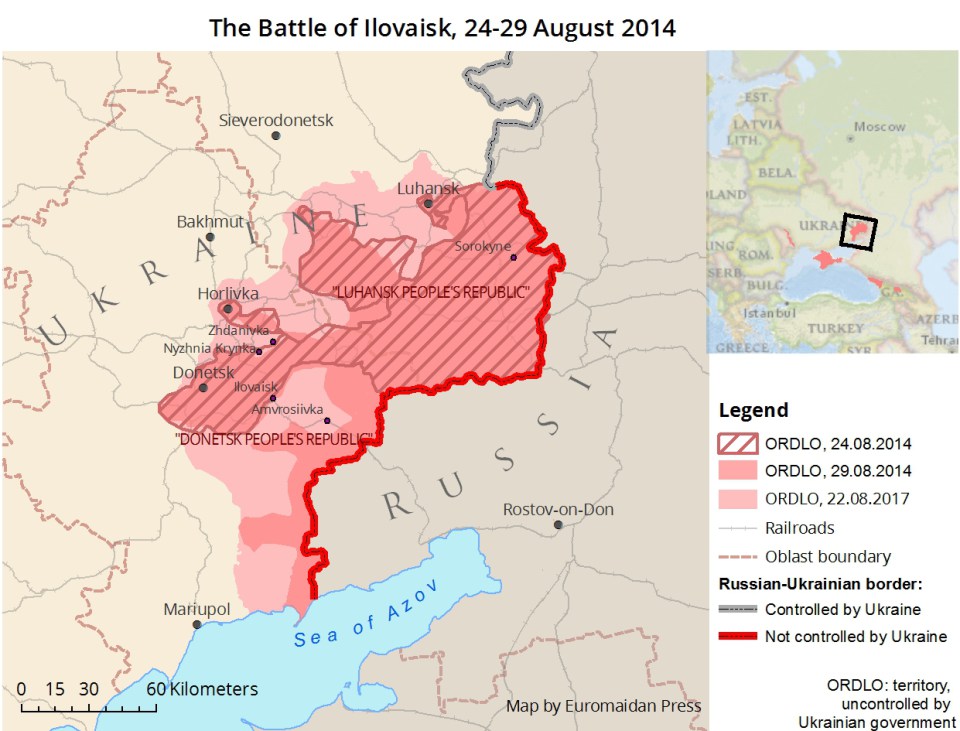
On August 24, the reconnaissance units received information about regular forces of the Russian Federation entering the sector “D,” the southernmost part of Donetsk Oblast adjacent to Russia. The headquarter of the sector left their region of dislocation. And the units there were left under constant shelling without commanders. There were no further orders regarding the information about Russians.
- The headquarter of the sector “B” also was constantly receiving information on Russian regular forces entering Ukraine and their further movement on its territory. The sectoral headquarter was reporting on this information to the ATO Headquarter. However, latter refused to recognize the information as truthful and accused the units of panicking. The headquarter of the sector had information that only on 26 August, 76 units of hardware from the Russian Federation crossed the Ukrainian border, and that starting from 20 August, small groups of Russian Armed Forces with hardware were crossing the border every 3 hours.
Due to the Russian forces entering Ukraine, the Ukrainian units in Ilovaisk were encircled. The circle started to close. Ukrainian forces experienced significant losses every day. The trapped Ukrainian soldiers were taken captive.
The worst day

When the information on the action of Russian regular forces in Ukraine finally became well-known, negotiations with Russians on providing green corridors for Ukrainian soldiers started. However, they were unreliable.
On the night of 29 August, Russian president Vladimir Putin, who previously denied Russia’s involvement in the conflict, himself appealed to the forces of the so-called “DNR” to organize a green corridor.
By then, the circle had closed.
In the end, an agreement for a green corridor was reached on the level of the combatants on the ground. Early in the morning of 29 August, Russian paratroopers informed Ukrainians that the rules had changed – the Ukrainian soldiers couldn’t take arms and hardware with them, there would be one column for escape, the route would be identified by the Russians. As it turned out later, the route was laid through pre-arranged ambushes.
When the column gathered for the escape in Mnohopillia, the Russian side started playing for time. The columns were shelled by mortars. They were divided in two and started to move through the identified route but were ambushed. As well, they were shelled from heavy weapons and small arms of different calibers. Their primary target were lorries and buses, to harm the Ukrainian personnel the most.
In one of the columns, a car carrying the injured which was marked with the red cross was the first one to get hit.
The units which managed to get to the village Chervonosilske organized a round defense. There was almost no connection with the commanders. The battle in Chervonosilske lasted for 36 hours.
Those who survived the events of that day escaped by foot through corn and sunflower fields by themselves.
Preliminary investigation of the deadliest battle in Donbas
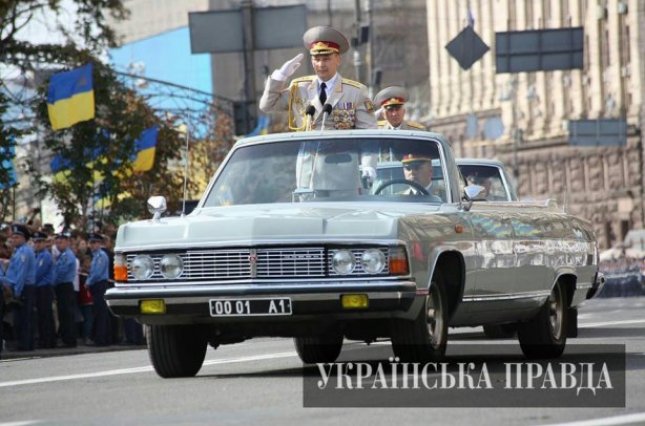
On 4 September 2014, the Temporary Investigative Commission of the Verkhovna Rada (Parliament) on the events in Ilovaisk was created.
In the end of October 2014, it published its interim report consisting of more than 20 pages. According to it, the total losses during all the episodes of the tragedy was around 1000 people.
The report of the Temporary Commission criticized then Minister of Defense Valeriy Heletey, now the Head of the Department of State Protection, for allowing the Ukrainian forces to be so resoundingly defeated. He defended himself by saying that they were outnumbered by the forces of the enemy, including Russians.
The representatives of the commission complained that their work meet resistance from the Ministry of Defense and the ATO Headquarter.
Some experts considered the conclusion of the commission to be politically tainted. Indeed, its work was done in the per-election period. Still, it raises important questions and emphasizes crucial moments.
The report describes the reaction of Ukraine’s commanders to the messages on Russian forces entering Ukraine – they chose to ignore them. For example, the messages on August 23 about the columns with Russian armored vehicles was considered as panic.
The report on 24 August about the column of more than 100 Russian armored vehicles got the same reaction.
Later both Heletey and then head of the ATO Viktor Muzhenko, now Chief of the General Staff of the Armed Forces of Ukraine, said they received information on the mass Russian invasion through the Ukrainian border only on August 25.
Also, there are questions to the initial planning of the operation. According to the ATO Headquarter, there were only 30 to 80 Russian-backed militants soldiers in the sector “B.” However, a colonel and commander of a reconnaissance unit had reported on a large number of well-armed forces.
During August 25-27, General Ruslan Homchak repeatedly asked the ATO Headquarter for a decision. However, during all the period there was only one order: “to take care and wait for reinforcements.” The representatives of the President’s Administration and the ATO Headquarter were assuring relatives of soldiers that support is coming. But there was none. And until 28 August, the commanders even gave no orders to escape.
Also, the representatives of the commission stated that the negotiations were not conducted in a proper way – on the combatant level, they were not effective, and on the high level, the Minister of Defence had not aimed to reach any agreement.
The Commission came to the conclusion that Ukraine was defeated in Ilovaisk for the following reasons:
- fundamental problems in the organization of the defense of Ukraine
- failure to introduce martial law led to the disorganization of the management of military actions and resulted in Ilovaisk events.
- bad personnel decisions and the inadequate actions of then Minister of Defence Heletey and the head of Headquarter Muzhenko significantly complicated the situation. The commission is confident that their timely reaction to the Russian intervention could have prevented the tragedy.
The work of the commission was not continued.
General Prosecutor’s Office blames Russia for the tragedy
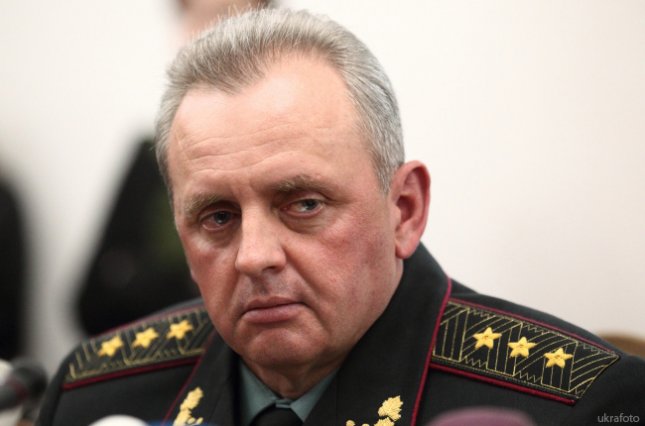
The conclusions of the Temporary Commission were not taken into account by the official investigation conducted by the General Prosecutor’s Office (GPO), which released the results of its probe into Ukraine’s defeat in Ilovaisk on 14 August 2017, nearly three years after the events at Ilovaisk. It put the blame on the Russian Federation which is responsible for creating the encirclement. Also, Ukraine provided the International Criminal Court with information on the massacre of Ukrainian soldiers in Ilovaisk.
According to the GPO report, only 366 Ukrainian soldiers were killed in Ilovaisk, a far cry from the thousand mentioned by the Temporary Commission – but this number concerns only the last episode of the battle, when the columns of Ukrainian soldiers were shelled.
The two reports also differ in the total estimates of losses and identification of the particular participants of the events. It’s important to note that the Ukrainian units participating in the Ilovaisk operation consisted chiefly of volunteers – people who decided to defend Ukraine not because of their profession and obligations, but because they felt an ultimate need to do so. Officially, they were registered as reservists. However, there are problems with the documents in the personnel services, as some of the soldiers went to the ATO not registering at all.
The General Prosecutor’s Office stressed that the investigation into the Ilovaisk tragedy took so long because there were many secret documents to explore, locations to indicate, and witnesses to interrogate. They said that as the number of investigators and prosecutors in Ukraine limited, they were also involved in investigation of other resonant cases.
The GPO also stated that the collection of evidence and identification of those involved in the tragedy is still ongoing.
Also, the GPO report says that during the events in Ilovaisk there were many cases of desertion. The soldiers are accused in not implementing the orders of the high commanders – something which was difficult to avoid when adequate orders were lacking in the first place.
Also the report names “some mistakes of the commanders of the ATO during the planning and holding military operations which are not in direct causal relationship with the onset of grave consequences” among the factors which made the tragedy possible.
And what the soldiers say
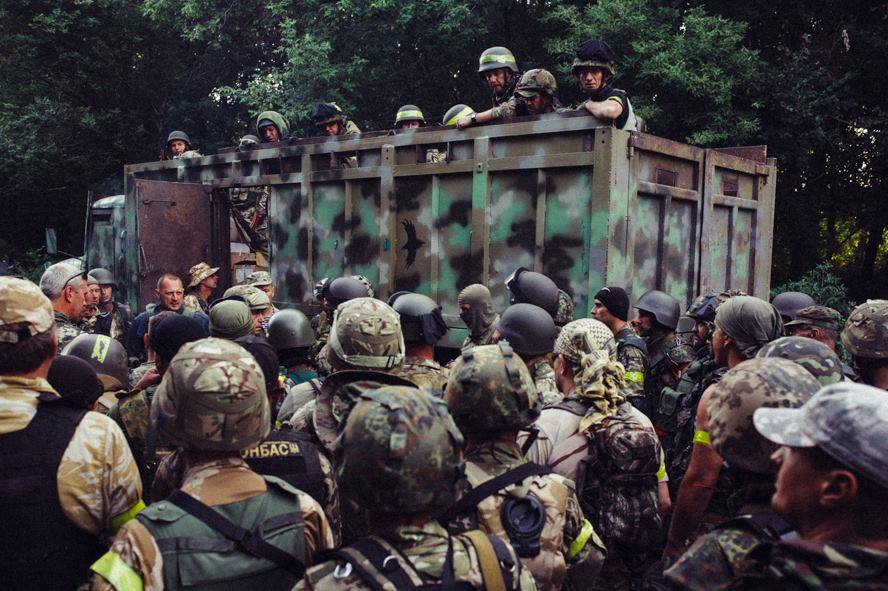
The report of GPO faced criticism from the journalists who covered the events and also by the war veterans who took part in Ilovaisk battles. Also, human rights activists note that the investigation of the Parliamentary commission was not taken into consideration.
For example, Yuriy Butusov, the Editor in Chief of Censor.net who provided military-tactical expertise on the events, pointed out that actions of the military commanders of the country responsible for the Ilovaisk tragedy were left without a proper assessment:
“I can say that all the main governing documents have been investigated and the picture of what happened has been restored. However, the conclusions of the commission for assessing the actions of the ATO leadership have not been published. The assessment of the competence of the chief of the Headquarter, who during the military incursion of the Russian Federation, instead of planning military operations, was engaged in negotiations with the Headquarter of Russia [the GPO report says there were 12 phone calls between them] and informed the enemy about the movement of Ukrainian troops. To consider this question, there should be political will.”
Also the journalist is confident that the Ukrainian authorities spread disinformation on the actions of the volunteer battalions near Ilovaisk:
“They said that it was the initiative of the volunteer battalions to attack Ilovaisk. Allegedly, they suffered because of their stupidity. The false information was spread by the Administration of President. Now we see that they lied to us. But manuscripts do not burn, criminal cases – too.”
“The conclusion which said that Russians are to be blamed for everything was like a cold shower for us,” says Vitaliy Oleshko, a soldier who participated in the events.
According to the soldiers, there existed no doubts that Russian units entered Ukraine.
“We doubt the interpretation,” Oleshko continues. “When Muzhenko says that he found it out [about the intervention of Russia] only on August 24, he takes cynical lies to the highest degree. Even the last soldier taking part in the campaign of 2014 knew that Russian troops were entering .already in the beginning of August. But the head of the Headquarter did not? How is it even possible?”
The soldiers who took part in the event appealed to the GPO:
“We wrote three simple demands – to make the episode of Ilovaisk tragedy a separate criminal proceeding, to give everything to the court, to identify who is guilty and who is not, and third is to rehabilitate the guys who were sentenced for desertion, and to bring the commanders to responsibility for leaving their positions,” says Taras Kostanchuk, a soldier participating in the Ilovaisk operation.
He said that the GPO accepted their appeal and demands, with signatures of hundreds of soldiers, mothers and relatives of the killed.
During all the years of Ukraine’s independence, Ukrainian politics, economy, and security were under the attentive supervision of the Kremlin. The war in Donas initiated by Russia catalyzed Ukraine’s process of separating from the deadly influence of its neighbor. However, by the moment of the Ilovaisk tragedy, the influence was still strong, as Russia had its proxies within Ukrainian Army. Also, Ukrainian Army had degraded during the years of independence. After 3 years of war, the country experienced different kinds of transformations, including in its Army which became much stronger and professional. Still, its ranks are not totally clean from people who do not want Ukraine to succeed, who are corrupt and continue to build their careers in the military sector. A proper investigation of the Ilovaisk tragedy will give not only undeniable proof of the act of Russian aggression, but also a chance to identify and punish those from the Ukrainian side who sent hundreds of Ukrainians to their death.




